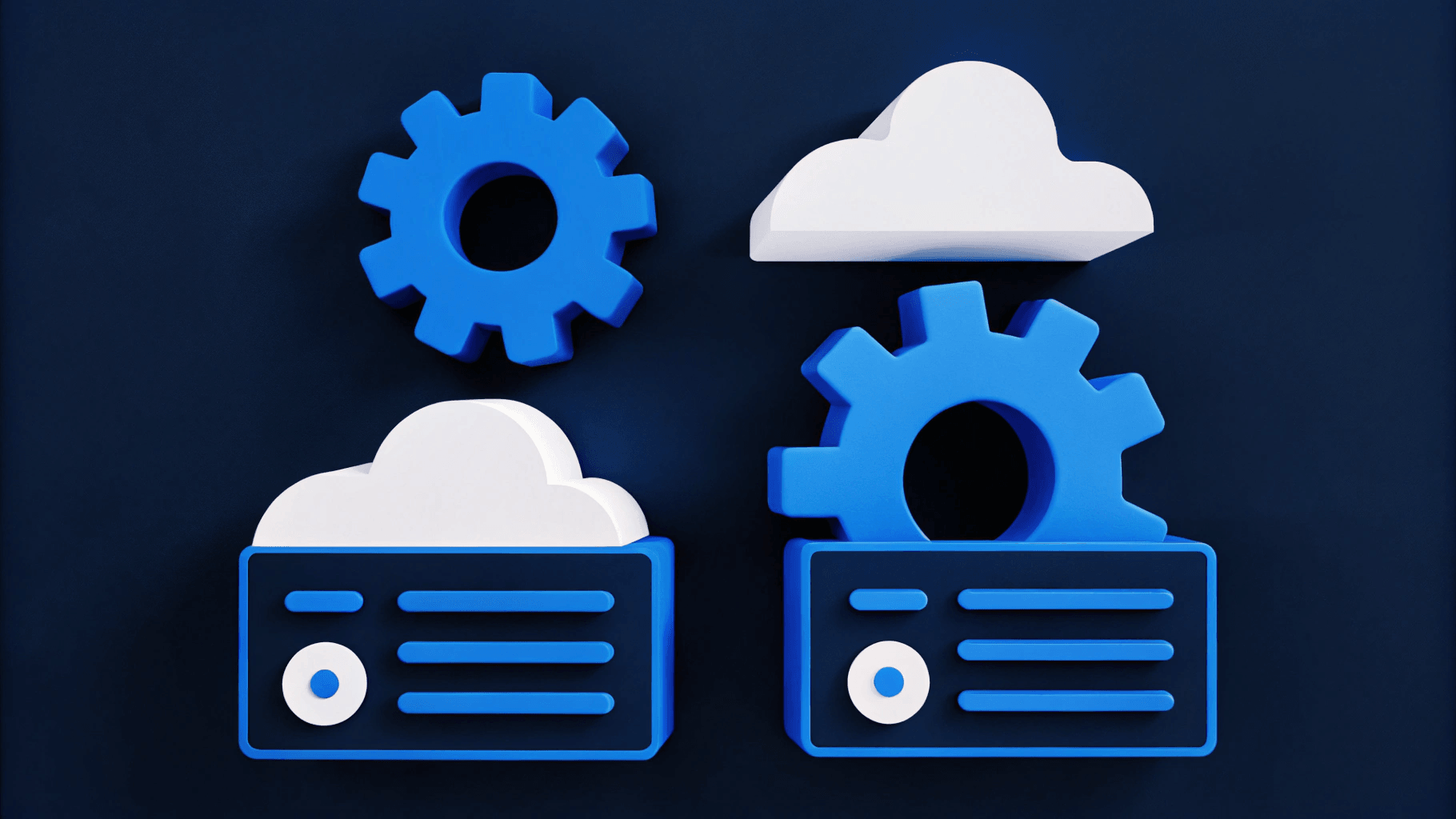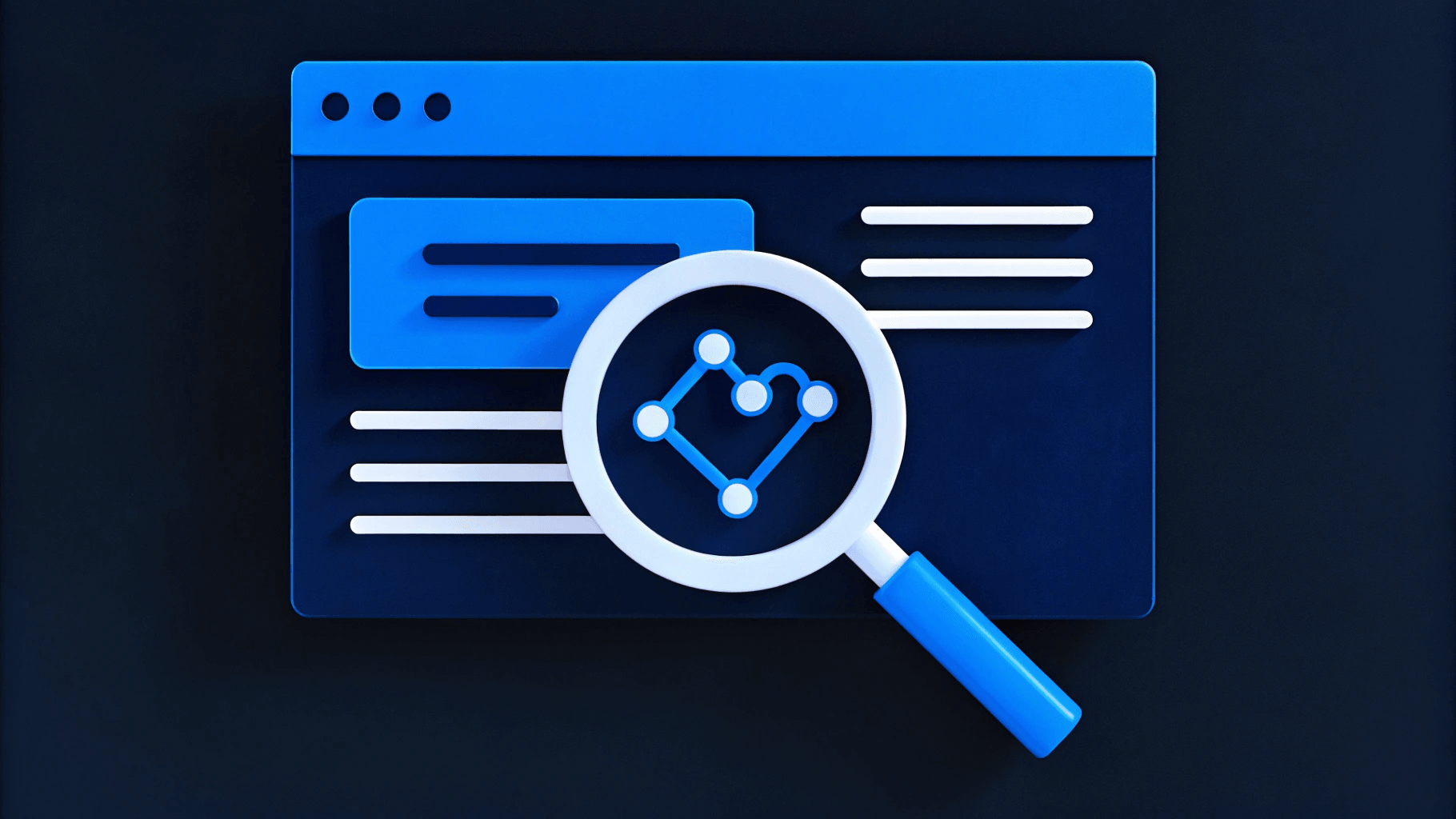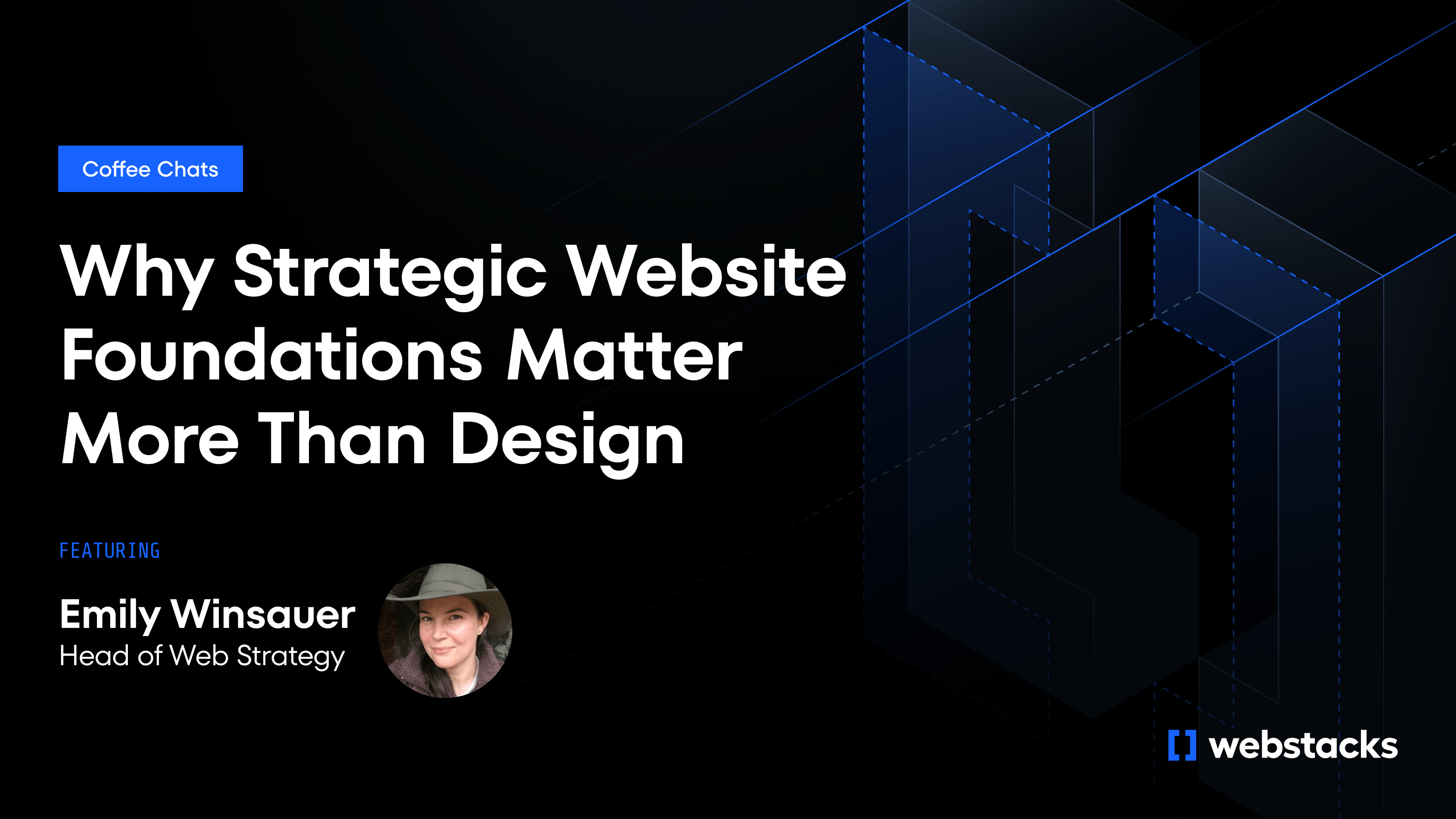AI now shapes every digital initiative. Each chatbot, recommendation engine, or predictive model adds new compute, data, and orchestration demands to your stack. The infrastructure that worked for transactional apps often breaks once AI drives every interaction.
Low-code platforms promised a shortcut. Teams drag components into place, configure, and launch without deep engineering. No-code tools extended that promise to non-technical teams. For small projects, it worked: faster shipping, smaller teams, lower costs.
AI changes the equation. Real-time inference, large data streams, and custom model tuning expose the limits of prefab blocks. Performance drops under heavy workloads, integrations lag behind new AI services, and sensitive models sit inside vendor-controlled systems.
The choice is clear. Continue building on abstraction and risk hitting platform ceilings, or shift to API-first, all-code systems that give you the flexibility, performance, and control that AI workloads demand.
Why AI Breaks the Low-Code Promise
Low-code and no-code platforms earned their place by cutting development timelines. Teams could ship MVPs in days. AI changes that equation. Real-time inference, model training, and complex data flows require sub-second responses that drag-and-drop builders rarely deliver. Add a GPT-powered search bar or image classifier, and users expect results in milliseconds. Generic middleware in most visual platforms adds unpredictable latency, causing slow refreshes and timeouts when inference calls spike.
Scalability becomes the next barrier. AI workloads evolve as models retrain, datasets expand, and traffic surges after every campaign. Visual builders scale only within the vendor’s resource limits. Once you need sharded databases, GPU-backed inference, or advanced caching, migration is often unavoidable, and the early speed advantage disappears.
Closed ecosystems make it harder to keep pace. Vendors must release connectors before you can use new vector databases, orchestration frameworks, or foundation models. Proprietary data structures slow integration with preferred analytics or MLOps pipelines. Governance issues compound the risk. AI services connected to sensitive datasets without review create compliance gaps. Abstracted code layers limit auditing, explainability, and bias checks.
Low-code platforms can be effective for prototypes, but most fall short when AI moves into production. Complex workloads with real-time performance targets, expanding data pipelines, and strict compliance requirements need an environment that gives teams full control from infrastructure through code.
The All-Code Advantage in the AI Era
Low-code platforms limit how far you can push performance, scale, and flexibility. All-code architectures remove those limits. You choose the compute, network, and caching strategy, then tune them for speed and cost instead of working within a fixed platform template.
High-traffic sites running real-time inference can cut response times by placing GPU-powered microservices at the edge and routing less urgent traffic to CPU nodes. This kind of optimization only works when you control the infrastructure. Traditional builds can sustain millions of requests per minute without hitting the throughput ceilings common in vendor-managed environments.
Control extends to the models themselves. All-code teams combine in-house research, open-source frameworks like PyTorch, and commercial APIs in the same pipeline. When a new large language model is released, you can containerize and deploy it immediately instead of waiting for a connector. That agility shortens experimentation cycles and avoids vendor lock-in.
Custom pipelines add even more capability. Data engineers can build feature stores, automate retraining, and integrate continuous evaluation into CI/CD workflows. Visual builders rarely allow this level of background processing or GPU access.
All-code requires skill, but the payoff is flexibility. Teams can launch new AI features, tune performance for peak demand, and enforce governance directly in the codebase. The stack adapts with each model upgrade instead of forcing a rebuild.
Impact on Performance, Scalability, and Content Velocity
AI features push every part of your stack. They pull from large datasets, run low-latency inference, and scale up or down based on traffic. The platform you choose determines whether those demands run smoothly or expose bottlenecks. Visual builders lock you into generic hosting and fixed limits. All-code gives you full control to tune every layer.
Performance
Shared runtimes, abstraction layers, and fixed caching rules in visual platforms add latency that is barely noticeable for static pages but crippling for real-time AI. Tasks like semantic search or on-page personalization need responses in under 50 ms to feel instantaneous. All-code teams can route inference to GPU containers, run vector databases next to endpoints, and push traffic through edge nodes. This keeps results fast, even as models grow in complexity.
Scalability
“Elastic scaling” in visual platforms often comes with CPU caps, connection limits, or forced premium tiers. As workloads grow, teams either pay more or replatform. In an all-code setup, microservices autoscale independently. Heavy training jobs can run on temporary GPU nodes without impacting the CMS. Datastores, networking, and orchestration can all be upgraded without waiting for vendor updates.
Content Velocity
AI can slow releases when marketing and development compete for the same environment. Visual editors mask the problem until custom AI logic adds new dependencies. With an all-code, headless approach, content flows through modular design systems while AI services live in separate repositories and pipelines. Editors can publish pages without touching inference workflows, and developers can update models without breaking layouts.
The result is speed without compromise. Performance stays high, capacity flexes with demand, and content teams keep shipping at pace. In an AI-first web, that combination is the competitive baseline.
Transition Strategies For Teams Stuck In Low-Code
Visual builders deliver speed early, but once AI workloads hit performance ceilings, that speed turns into friction. Moving to all-code does not have to be a disruptive overhaul. Treat it as an iterative program built on three repeatable steps.
Audit And Prioritize
Inventory every visual builder application, the data it consumes, and the AI features it supports. Include API dependencies, database connections, and third-party services in your review. Identify hidden technical debt, such as locked-in schemas that cannot be exported cleanly, brittle connectors that break under load, and storage layers with unclear performance limits. Flag workloads that require sub-second inference, process sensitive data, or need high concurrency. These become the first candidates for migration.
Build A Parallel Stack
Stand up a composable, headless environment alongside your existing stack. This keeps production stable while developers build AI-ready infrastructure. Introduce microservices for discrete AI functions, deploy vector databases for semantic search, and provision GPU-friendly hosting for model training and inference. Route only high-performance or AI-driven pages to the new environment so content teams can keep publishing while engineering optimizes pipelines in the background.
Phase The Migration
Move one capability at a time, starting with isolated features such as recommendation engines, personalization modules, or chatbot endpoints. Each migration should include automated tests, performance benchmarks, and a rollback plan. Use AI coding assistants to generate boilerplate and speed up conversion so engineers can focus on integrating models and tuning infrastructure.
Be prepared for challenges. Data extraction from visual platforms can require manual cleanup, and teams may need additional training to operate an all-code, AI-capable environment. Running both stacks in production for a fixed period allows you to verify data integrity, onboard users, and refine governance. Integrate policy checks and audit logging into deployment pipelines so security and compliance evolve with the codebase.
Treat migration as a continuous product effort, not a one-off project. Cycling through audit, parallel build, and phased cutover keeps customer-facing improvements moving while building an architecture that can handle the scale, performance, and governance AI workloads demand.
Building a Web Foundation Ready for AI at Scale with Webstacks
Visual builders changed how teams ship, cutting build times and lowering the barrier to launching new features. But when AI workloads enter the picture, such as real-time inference, vector search, or custom model pipelines, the same abstractions that once sped delivery start to slow you down. Latency increases, integrations lag, and governance becomes harder to enforce.
An all-code, composable stack removes those limits. Full control over infrastructure allows you to place workloads where they perform best, scale individual services without waste, and integrate emerging tools without waiting for vendor updates. This creates a foundation that can adapt as models, data pipelines, and traffic patterns evolve.
Choosing the right approach determines whether your AI-driven experiences can meet future performance and scalability demands. Call Webstacks to start assessing your current stack and prepare your site for the next generation of AI-powered growth.




